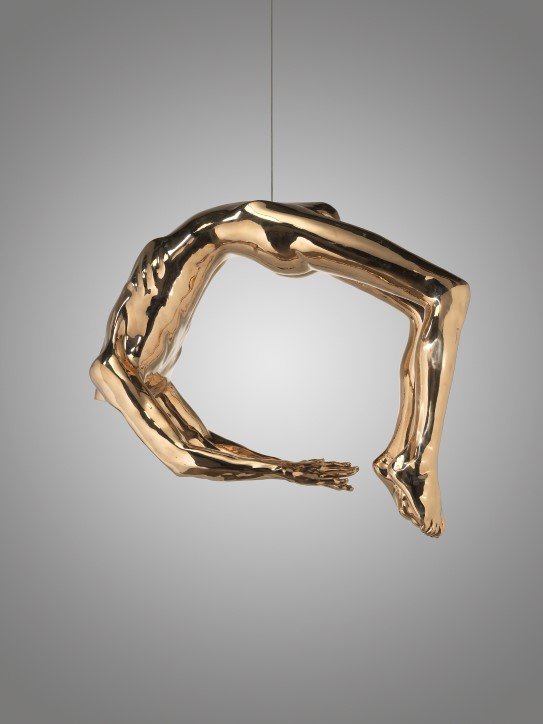Louise Bourgeois
Louise Bourgeois, Maman, 1999
Louise Bourgeois (1911-2010) is celebrated as one of the most significant and influential artists of the 20th century, known for her profound exploration of themes such as femininity, family, trauma, and the subconscious. Through her innovative use of materials and forms, Bourgeois’s work delves deeply into personal and collective memory, evoking powerful emotions and inviting viewers to confront their own experiences and vulnerabilities.
Among her most iconic works are: Maman (1999): This monumental spider sculpture, standing over 30 feet tall, symbolizes motherhood and protection. With its intricate web-like structure, *Maman* evokes both strength and fragility, inviting viewers to contemplate the complexities of maternal relationships and the intertwining of love and fear. Untitled (1996): This work features a series of fabric sculptures that intertwine and hang like tendrils, representing the artist’s exploration of the body, intimacy, and emotional connection. The use of soft materials contrasts with the often raw themes of vulnerability and trauma, inviting viewers to experience a visceral connection to the work. The Destruction of the Father (1974): This powerful installation embodies themes of familial conflict and the psychological impact of childhood. The dark, claustrophobic environment filled with grotesque forms evokes a sense of dread and confrontation, allowing viewers to engage with the complexities of memory and trauma. Arch of Hysteria (1993): This striking sculpture depicts a contorted figure in a state of despair, embodying themes of psychological struggle and emotional turmoil. The use of twisted metal creates a sense of movement and tension, prompting viewers to reflect on the visceral experiences of pain and release.
Louise Bourgeois, Arch of Hysteria, 1993
Born in Paris, France, Bourgeois grew up in a family of weavers, which greatly influenced her artistic practice. She moved to New York City in 1938, where she became an integral part of the modern art scene. Over her long career, Bourgeois continuously challenged conventions, exploring her personal history and emotions through her art. She remained active and influential until her passing in 2010. Louise Bourgeois’s legacy as a pioneer of contemporary art encourages us to confront our own emotional landscapes, inviting reflection on the complexities of identity, memory, and the enduring power of art to heal and connect.
Louise Bourgeois, Untitled, 1996
Louise Bourgeois, Destruction of the Father, 1999



